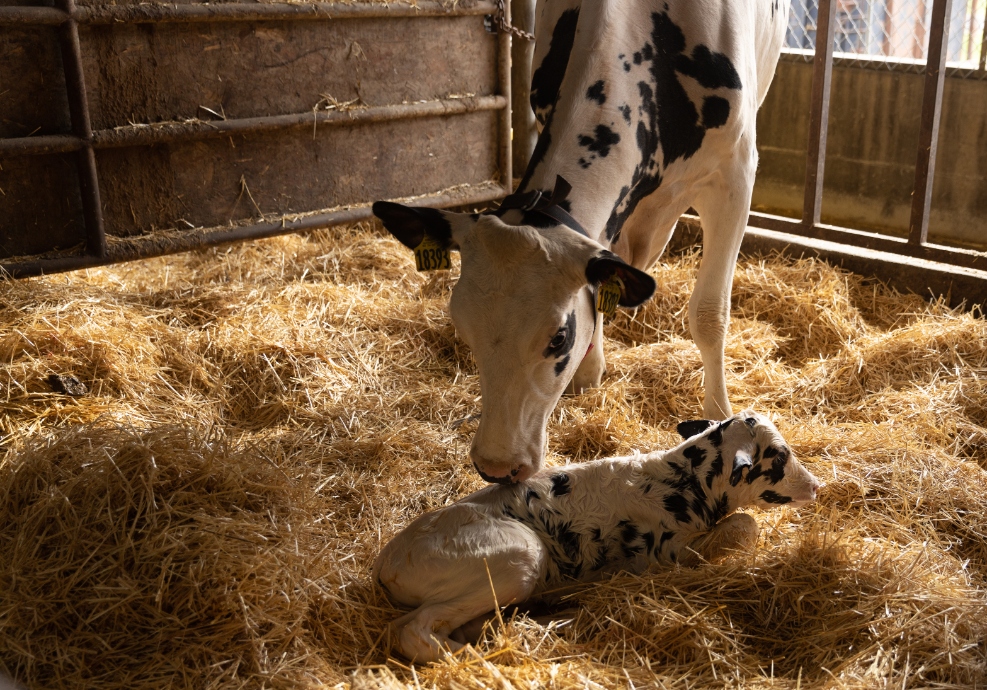Pneumonia, or bovine respiratory disease, accounts for more than 24% of preweaned heifer deaths and 58.9% of weaned heifer deaths on United States dairies, but there are ways to boost calf immunity and fight back against BRD.
“Producers are starting to really dig into calf health, from the time they are in utero until they are bred,” said Dr. Linda Tikofsky, DVM, Boehringer Ingelheim. “They’re raising stronger calves that are more resilient to BRD.”
Building immunity from the start
Colostrum is the first step to getting calves started on the right hoof. “Calves should receive high-quality colostrum within one to two hours of birth,” stressed Tikofsky. “We recommend feeding 10 to 12% of the calf’s body weight in colostrum in that first feeding.”
This initial colostrum provides calves with antibodies that fight against the most common viral and bacterial infections found within their environment, since calves are born with minimal natural immunity. However, not all colostrum is created equal.
“Producers can take action to ensure high-quality colostrum is being produced for calves, starting with the health of the mother,” explained Tikofsky. “Vaccinating the dam at the correct time, maintaining a 45- to 60-day dry period, and collecting colostrum immediately after the calf is born will help ensure that we are providing the best passive immunity to the calf.”
Producers can also set up a colostrum testing procedure to monitor the quality of the colostrum dams are producing. Colostrum can be evaluated by using on-farm measurement tools such as a colostrometer or refractometer. The ideal level to aim for is an immunoglobulin concentration higher than 50 g/L or 22%. “But don’t discard colostrum that tests less than 22%,” recommended Tikofsky. “Lesser quality colostrum can be used as a second or third feeding and provide that calf with more nutrients and additional bioactive factors to enhance immunity and growth.”
Follow up with effective vaccines
As passive immunity from colostrum begins to wane, vaccinating calves against BRD is the next step in ensuring the health of your future herd. For best results, calves should receive vaccines at least two weeks in advance of high-stress events such as weaning or commingling in group housing.
“A comprehensive injectable modified-live virus vaccine that induces both local and systemic immunity is the best choice for producers to stimulate calves’ acquired immunity,” emphasized Tikofsky.
Local immunity (IgA antibodies) provides protection on the mucosal surface of the respiratory tract, where pathogens initially enter the calf’s body. Meanwhile, systemic immunity (IgG antibodies) is critical for building long-term protection, as those antibodies circulate in the bloodstream. A vaccine stimulating multiple types of immunity gives calves comprehensive BRD protection.
Tikofsky recommends that producers consult their local veterinarian and nutritionist. These experts can identify and implement strategic protocols to protect the health of cows and their calves.



